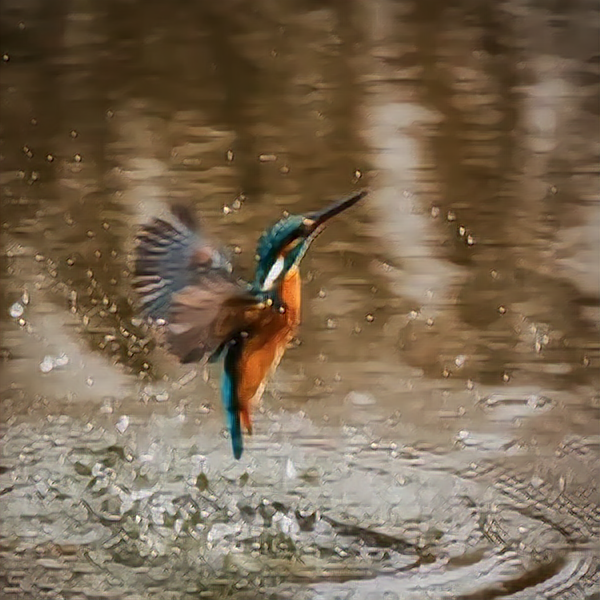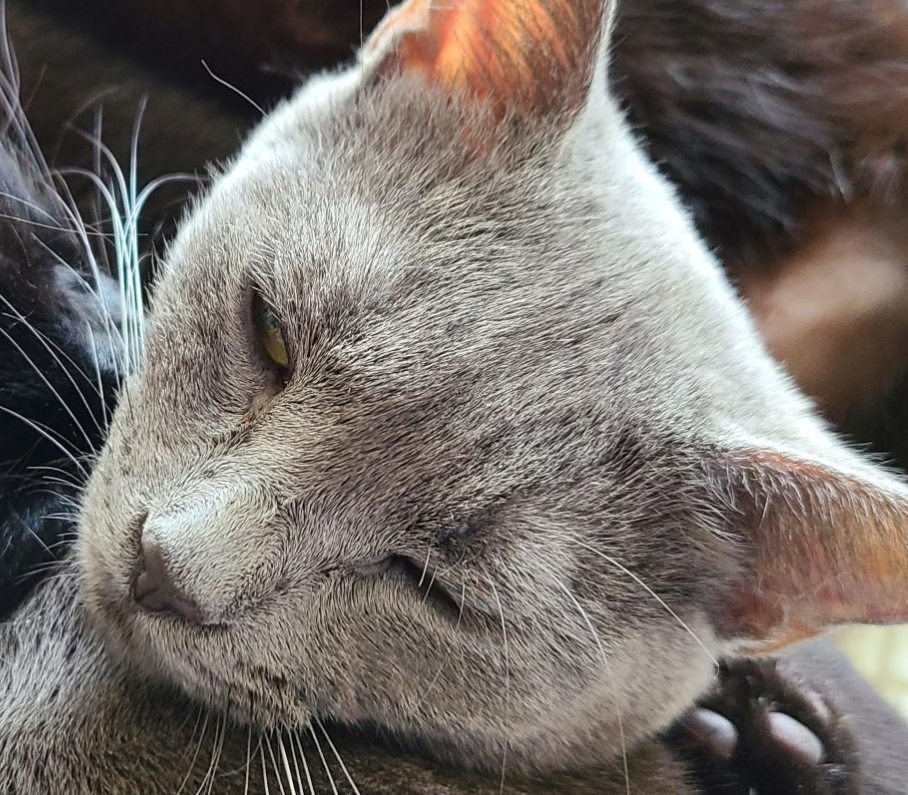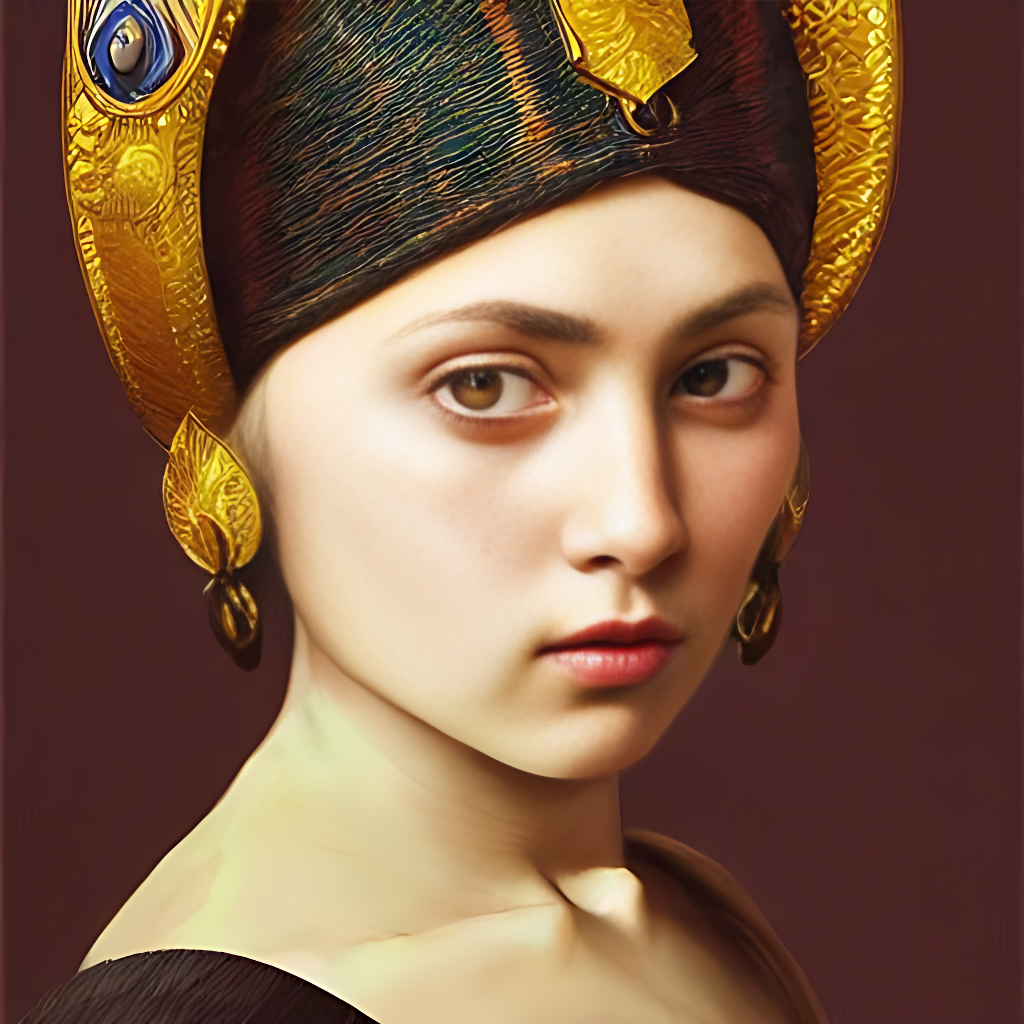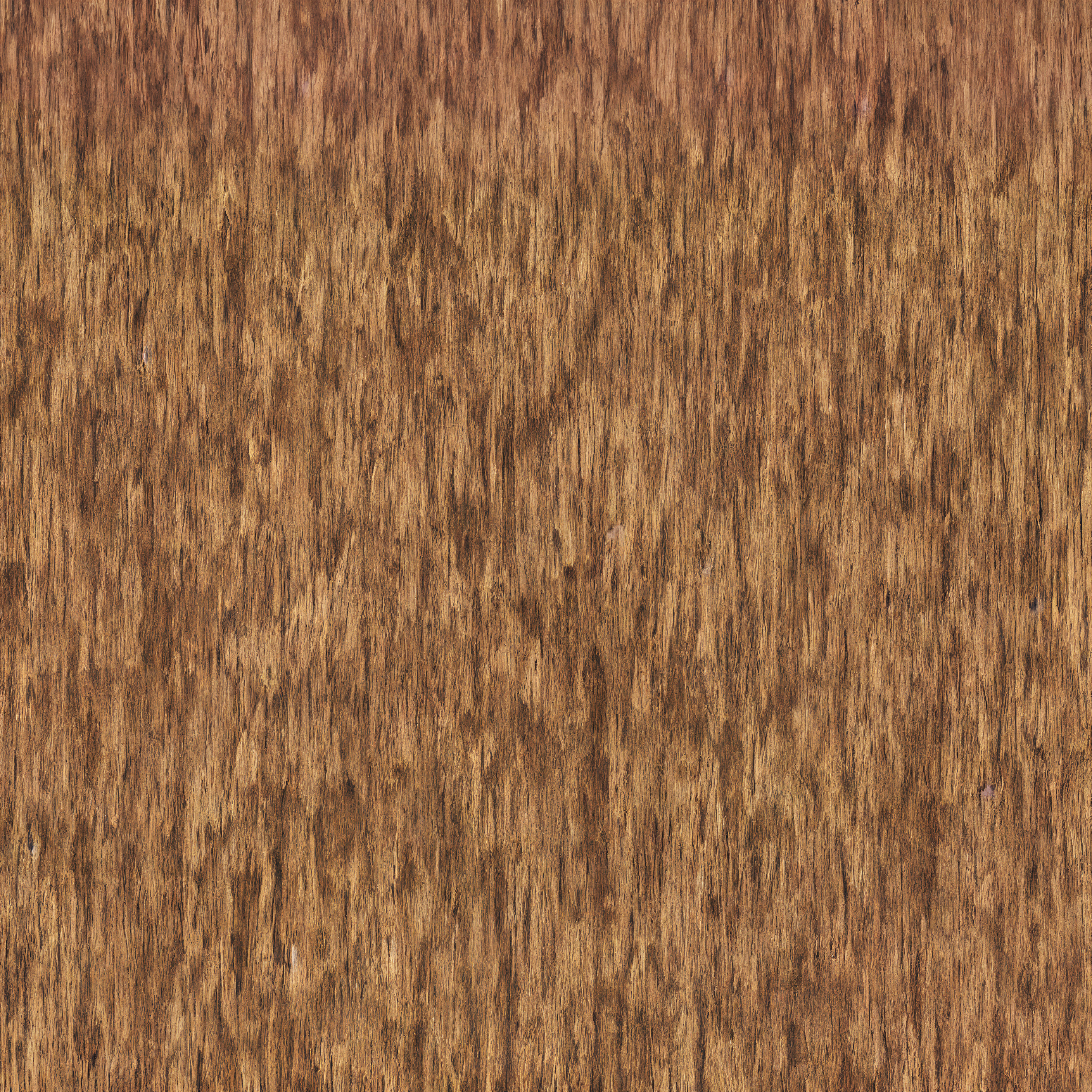srrescgan
Maintainer: raoumer

40

| Property | Value |
|---|---|
| Model Link | View on Replicate |
| API Spec | View on Replicate |
| Github Link | View on Github |
| Paper Link | View on Arxiv |
Create account to get full access
Model overview
srrescgan is an intelligent image scaling model developed by raoumer. It is designed to upscale low-resolution images to a 4x higher resolution, while preserving details and reducing artifacts. The model is based on a Super-Resolution Residual Convolutional Generative Adversarial Network (SRResCGAN) architecture, which aims to handle real-world image degradations like sensor noise and JPEG compression.
Similar models like real-esrgan, seesr, and rvision-inp-slow also focus on enhancing real-world images, but with different approaches and capabilities. Unlike these models, srrescgan specifically targets 4x super-resolution while maintaining image quality.
Model inputs and outputs
The srrescgan model takes a low-resolution image as input and outputs a 4x higher resolution image. This can be useful for upscaling images from mobile devices, low-quality scans, or other sources where the original high-resolution image is not available.
Inputs
- Image: The input image to be upscaled, in a standard image format (e.g. JPEG, PNG).
Outputs
- Output Image: The 4x higher resolution image, in the same format as the input.
Capabilities
The srrescgan model is designed to handle real-world image degradations such as sensor noise and JPEG compression, which can significantly reduce the performance of traditional super-resolution methods. By leveraging a residual convolutional network and generative adversarial training, the model is able to produce high-quality 4x upscaled images even in the presence of these challenging artifacts.
What can I use it for?
The srrescgan model can be useful in a variety of applications that require high-resolution images from low-quality inputs, such as:
- Enhancing low-resolution photos from mobile devices or older cameras
- Improving the quality of scanned documents or historical images
- Upscaling images for use in web or print media
- Super-resolving frames from video footage
By providing a robust super-resolution solution that can handle real-world image degradations, srrescgan can help to improve the visual quality of images in these and other applications.
Things to try
One interesting aspect of srrescgan is its use of residual learning and adversarial training to produce high-quality super-resolved images. You might try experimenting with the model on a variety of input images, from different sources and with different types of degradations, to see how it performs. Additionally, you could investigate how the model's performance compares to other super-resolution approaches, both in terms of quantitative metrics and visual quality.
This summary was produced with help from an AI and may contain inaccuracies - check out the links to read the original source documents!
Related Models

real-esrgan

49.4K
real-esrgan is a practical image restoration model developed by researchers at the Tencent ARC Lab and Shenzhen Institutes of Advanced Technology. It aims to tackle real-world blind super-resolution, going beyond simply enhancing image quality. Compared to similar models like absolutereality-v1.8.1, instant-id, clarity-upscaler, and reliberate-v3, real-esrgan is specifically focused on restoring real-world images and videos, including those with face regions. Model inputs and outputs real-esrgan takes an input image and outputs an upscaled and enhanced version of that image. The model can handle a variety of input types, including regular images, images with alpha channels, and even grayscale images. The output is a high-quality, visually appealing image that retains important details and features. Inputs Image**: The input image to be upscaled and enhanced. Scale**: The desired scale factor for upscaling the input image, typically between 2x and 4x. Face Enhance**: An optional flag to enable face enhancement using the GFPGAN model. Outputs Output Image**: The restored and upscaled version of the input image. Capabilities real-esrgan is capable of performing high-quality image upscaling and restoration, even on challenging real-world images. It can handle a variety of input types and produces visually appealing results that maintain important details and features. The model can also be used to enhance facial regions in images, thanks to its integration with the GFPGAN model. What can I use it for? real-esrgan can be useful for a variety of applications, such as: Photo Restoration**: Upscale and enhance low-quality or blurry photos to create high-resolution, visually appealing images. Video Enhancement**: Apply real-esrgan to individual frames of a video to improve the overall visual quality and clarity. Anime and Manga Upscaling**: The RealESRGAN_x4plus_anime_6B model is specifically optimized for anime and manga images, producing excellent results. Things to try Some interesting things to try with real-esrgan include: Experiment with different scale factors to find the optimal balance between quality and performance. Combine real-esrgan with other image processing techniques, such as denoising or color correction, to achieve even better results. Explore the model's capabilities on a wide range of input images, from natural photographs to detailed illustrations and paintings. Try the RealESRGAN_x4plus_anime_6B model for enhancing anime and manga-style images, and compare the results to other upscaling solutions.
Updated Invalid Date

esrgan

75
The esrgan model is an image super-resolution model that can upscale low-resolution images by 4x. It was developed by researchers at Tencent and the Chinese Academy of Sciences, and is an enhancement of the SRGAN model. The esrgan model uses a deeper neural network architecture called Residual-in-Residual Dense Blocks (RRDB) without batch normalization layers, which helps it achieve superior performance compared to previous models like SRGAN. It also employs the Relativistic average GAN loss function and improved perceptual loss to further boost image quality. The esrgan model can be seen as a more advanced version of the Real-ESRGAN model, which is a practical algorithm for real-world image restoration that can also remove JPEG compression artifacts. The Real-ESRGAN model extends the original esrgan with additional features and improvements. Model inputs and outputs Inputs Image**: A low-resolution input image that the model will upscale by 4x. Outputs Image**: The output of the model is a high-resolution image that is 4 times the size of the input. Capabilities The esrgan model can effectively upscale low-resolution images while preserving important details and textures. It outperforms previous state-of-the-art super-resolution models on standard benchmarks like Set5, Set14, and BSD100 in terms of both PSNR and perceptual quality. The model is particularly adept at handling complex textures and details that can be challenging for other super-resolution approaches. What can I use it for? The esrgan model can be useful for a variety of applications that require high-quality image upscaling, such as enhancing old photos, improving the resolution of security camera footage, or generating high-res images from low-res inputs for graphic design and media production. Companies could potentially use the esrgan model to improve the visual quality of their products or services, such as by upscaling product images on an ecommerce site or enhancing the resolution of user-generated content. Things to try One interesting aspect of the esrgan model is its network interpolation capability, which allows you to smoothly transition between the high-PSNR and high-perceptual quality versions of the model. By adjusting the interpolation parameter, you can find the right balance between visual fidelity and objective image quality metrics to suit your specific needs. This can be a powerful tool for fine-tuning the model's performance for different use cases.
Updated Invalid Date

gfpgan

76.6K
gfpgan is a practical face restoration algorithm developed by the Tencent ARC team. It leverages the rich and diverse priors encapsulated in a pre-trained face GAN (such as StyleGAN2) to perform blind face restoration on old photos or AI-generated faces. This approach contrasts with similar models like Real-ESRGAN, which focuses on general image restoration, or PyTorch-AnimeGAN, which specializes in anime-style photo animation. Model inputs and outputs gfpgan takes an input image and rescales it by a specified factor, typically 2x. The model can handle a variety of face images, from low-quality old photos to high-quality AI-generated faces. Inputs Img**: The input image to be restored Scale**: The factor by which to rescale the output image (default is 2) Version**: The gfpgan model version to use (v1.3 for better quality, v1.4 for more details and better identity) Outputs Output**: The restored face image Capabilities gfpgan can effectively restore a wide range of face images, from old, low-quality photos to high-quality AI-generated faces. It is able to recover fine details, fix blemishes, and enhance the overall appearance of the face while preserving the original identity. What can I use it for? You can use gfpgan to restore old family photos, enhance AI-generated portraits, or breathe new life into low-quality images of faces. The model's capabilities make it a valuable tool for photographers, digital artists, and anyone looking to improve the quality of their facial images. Additionally, the maintainer tencentarc offers an online demo on Replicate, allowing you to try the model without setting up the local environment. Things to try Experiment with different input images, varying the scale and version parameters, to see how gfpgan can transform low-quality or damaged face images into high-quality, detailed portraits. You can also try combining gfpgan with other models like Real-ESRGAN to enhance the background and non-facial regions of the image.
Updated Invalid Date

latent-sr

113
The latent-sr model, created by nightmareai, is an AI model designed for upscaling images using latent diffusion. It builds upon similar models like real-esrgan, latent-viz, k-diffusion, stable-diffusion, and majesty-diffusion from the same creator. The model uses a latent diffusion approach to generate high-resolution images from low-resolution inputs. Model inputs and outputs The latent-sr model takes an image as input and produces an upscaled version of that image as output. The upscale factor can be specified, allowing you to control the resolution of the output. Inputs Image**: The input image to be upscaled. up_f**: The upscale factor, determining the resolution of the output image. Steps**: The number of sampling steps to use during the upscaling process. Outputs Output**: The upscaled version of the input image. Capabilities The latent-sr model is capable of generating high-quality, high-resolution images from low-resolution inputs using a latent diffusion approach. This can be useful for tasks like enhancing the resolution of images, generating realistic images from sketches or other low-quality sources, and more. What can I use it for? The latent-sr model can be used for a variety of image-related tasks, such as: Upscaling low-resolution images to higher resolutions Generating realistic images from sketches or other low-quality input Enhancing the quality of existing images Incorporating high-resolution images into creative projects or presentations Things to try With the latent-sr model, you can experiment with different upscale factors and sampling steps to achieve the desired output quality and resolution. Additionally, you can try combining the latent-sr model with other AI models, such as those for image editing or text-to-image generation, to create even more powerful and versatile image processing pipelines.
Updated Invalid Date